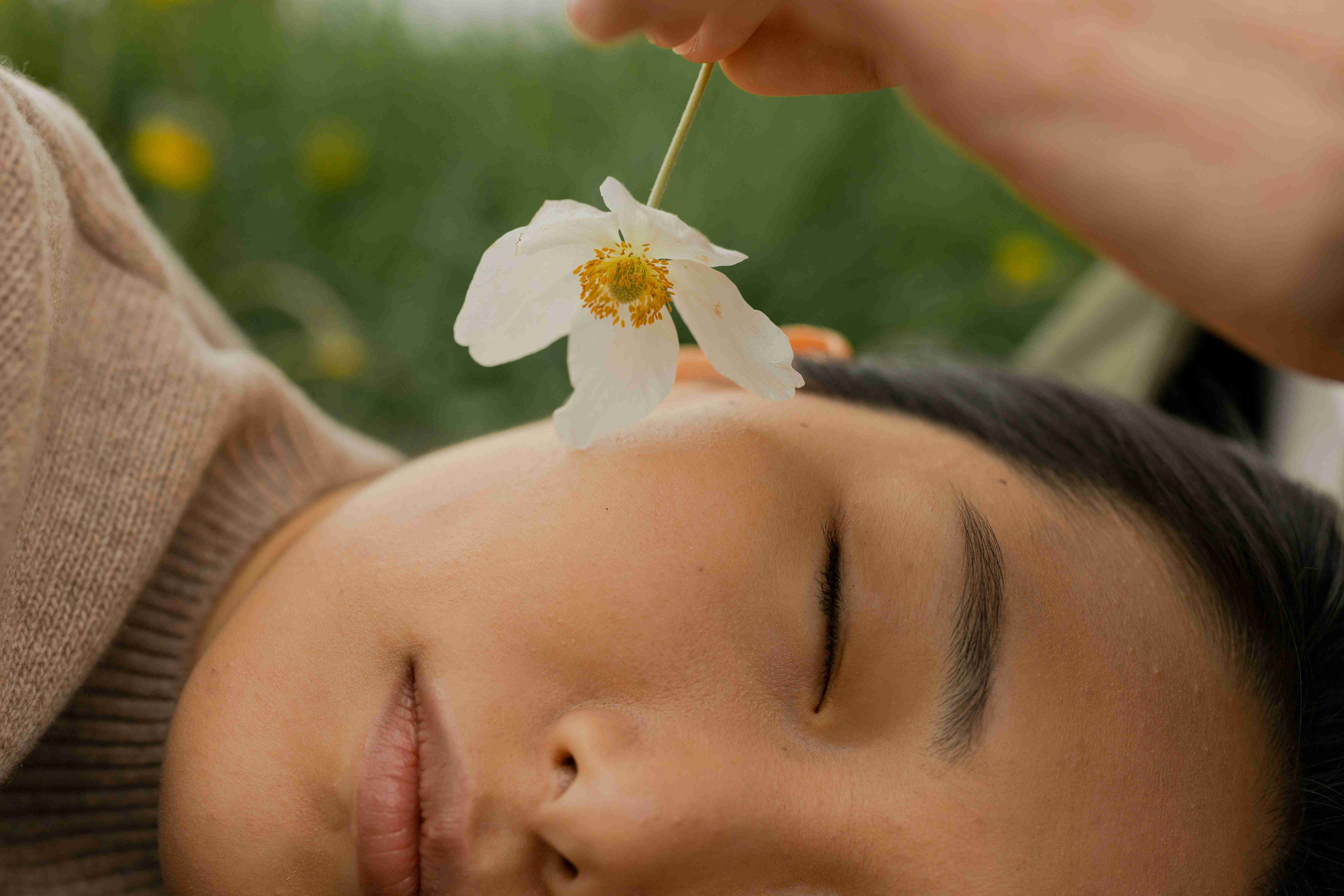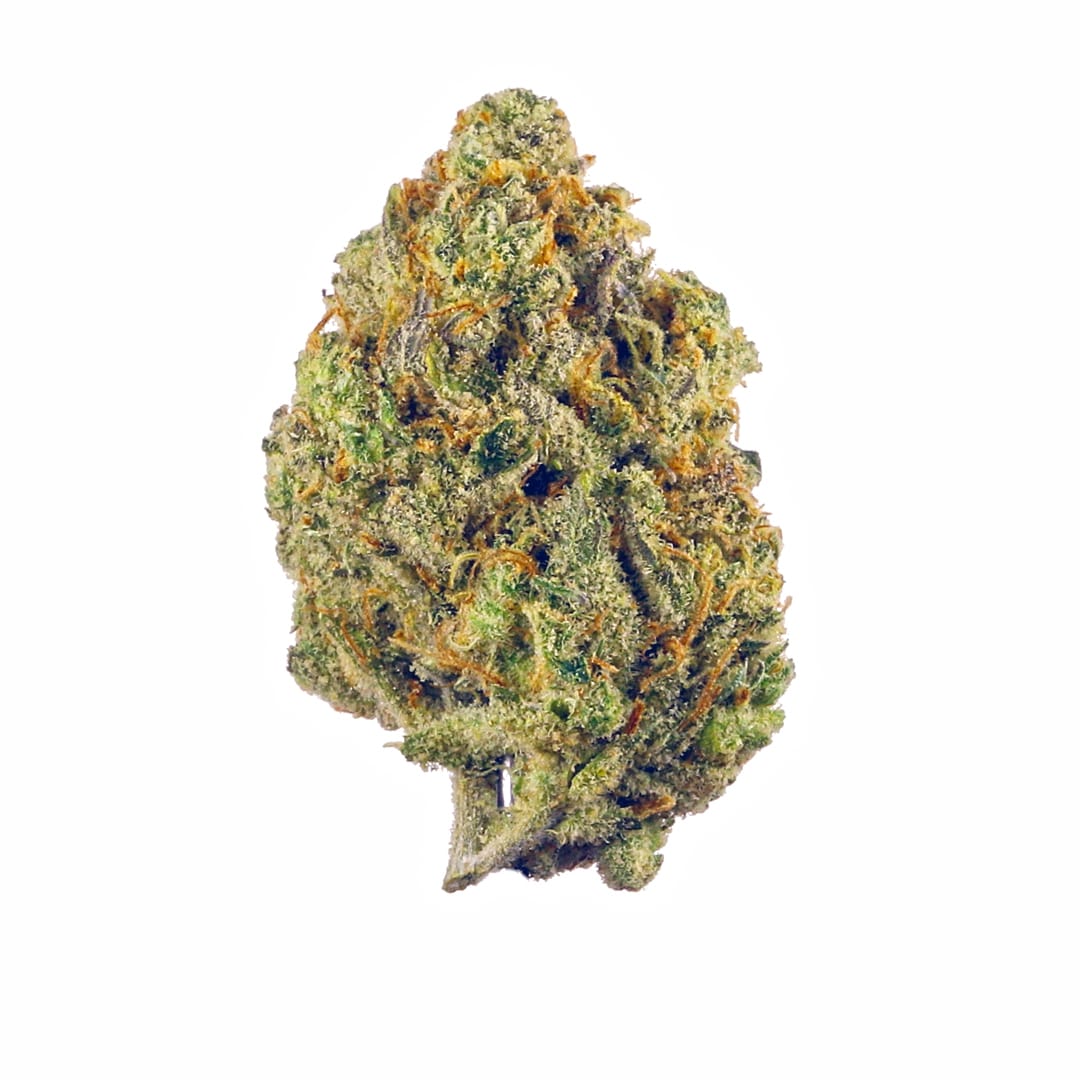The Impact of Cannabis on Sleep and Dreaming: Unraveling the Science Behind Cannabinoids and Sleep

Cannabis has long been associated with its effects on sleep and dreaming, with users reporting both improvements and disruptions in sleep quality. This article delves into the scientific evidence behind the influence of cannabinoids on sleep and dreaming, examining the mechanisms at work and the potential benefits and drawbacks of cannabis use for sleep disorders. By analyzing the available research, we aim to provide a comprehensive understanding of the complex relationship between cannabis and sleep.
With the increasing prevalence of cannabis for both recreational and medical purposes, understanding its impact on sleep and dreaming has become crucial. Cannabis contains more than 100 cannabinoids, with delta-9-tetrahydrocannabinol (THC) and cannabidiol (CBD) being the most widely studied. These cannabinoids interact with the endocannabinoid system (ECS), a complex cell-signaling system involved in regulating numerous physiological processes, including sleep. This article explores the scientific evidence surrounding cannabis's influence on sleep and dreaming, discussing the mechanisms involved and potential therapeutic applications for sleep disorders.
Cannabinoids and the Endocannabinoid System:
The ECS is composed of endogenous cannabinoids (endocannabinoids), receptors, and enzymes responsible for the synthesis and degradation of these endocannabinoids. The primary receptors, CB1 and CB2, are found throughout the central and peripheral nervous systems. THC and CBD, the primary cannabinoids in cannabis, interact with these receptors to produce various physiological effects.
THC, the psychoactive component of cannabis, primarily binds to CB1 receptors in the brain, producing its characteristic "high." On the other hand, CBD is non-psychoactive and can counteract some of THC's effects by modulating its activity at CB1 receptors. The ECS has been implicated in the regulation of sleep, with endocannabinoids and receptors involved in various sleep-related processes, such as the sleep-wake cycle, circadian rhythms, and sleep homeostasis.
Cannabis and Sleep:
Several studies have investigated the relationship between cannabis and sleep, with mixed results. Some research has suggested that acute cannabis use, particularly strains high in THC, can promote sleep onset, reduce sleep latency, and increase slow-wave sleep (SWS) and total sleep time. These effects are primarily attributed to THC's sedative properties and its ability to modulate the activity of neurotransmitters involved in sleep regulation.
Conversely, other studies have reported disruptions in sleep architecture, decreased REM sleep, and increased sleep disturbances with chronic cannabis use. Tolerance to the sleep-promoting effects of THC can develop over time, leading to diminishing benefits and potential rebound insomnia upon cessation.
CBD, on the other hand, has been shown to have a more complex effect on sleep. Low doses of CBD can exert a mildly alerting effect, while higher doses can promote sleep. CBD's interaction with the serotonin system and its ability to reduce anxiety may contribute to its sleep-enhancing effects. However, more research is needed to elucidate the precise mechanisms and optimal dosages for CBD's impact on sleep.
Cannabis and Dreaming:
One of the most notable effects of cannabis on sleep is its influence on dreaming, particularly on REM sleep, the sleep stage associated with the most vivid dreams. Studies have shown that THC can suppress REM sleep, leading to a reduction in dream recall and the vividness of dreams. This effect has been attributed to THC's ability to modulate neurotransmitter systems involved in REM sleep regulation, such as acetylcholine, serotonin, and dopamine.
Upon cessation of cannabis use, users may experience a phenomenon known as REM rebound, characterized by an increase in REM sleep duration and more vivid and intense dreams. This effect is thought to result from
the brain's attempt to compensate for the REM sleep suppression experienced during cannabis use. REM rebound can be particularly pronounced in heavy, chronic users, and may contribute to sleep disturbances during the initial withdrawal period.
THC can often make people sleepy. But when we stop taking it, dreams often become more vivid and memorable. What's going on?
The effects of THC (delta-9-tetrahydrocannabinol) on sleep and dreaming can be attributed to its interaction with the endocannabinoid system (ECS) in the brain. The ECS is involved in various physiological processes, including sleep regulation and modulation of neurotransmitters associated with the sleep-wake cycle.
When THC is consumed, it binds primarily to CB1 receptors in the brain, leading to its characteristic psychoactive effects. This interaction can also influence sleep, with some users reporting faster sleep onset, increased slow-wave sleep (SWS), and reduced sleep latency. These effects are primarily due to THC's sedative properties and its ability to modulate the activity of neurotransmitters involved in sleep regulation, such as dopamine, serotonin, and norepinephrine.
One of the most notable effects of THC on sleep is its influence on REM (rapid eye movement) sleep, the sleep stage associated with the most vivid dreams. THC has been shown to suppress REM sleep, leading to a reduction in dream recall and the vividness of dreams. This is thought to be a result of THC's ability to modulate the neurotransmitter systems involved in REM sleep regulation.
Upon cessation of THC consumption, users may experience a phenomenon known as REM rebound. This is characterized by an increase in REM sleep duration and more vivid and intense dreams. REM rebound is thought to occur as the brain attempts to compensate for the REM sleep suppression experienced during cannabis use. This effect can be particularly pronounced in heavy, chronic users and may contribute to sleep disturbances during the initial withdrawal period.
In summary, THC's influence on sleep and dreaming can be attributed to its interaction with the endocannabinoid system and its modulation of neurotransmitter systems involved in sleep regulation. While THC can promote sleep onset and increase slow-wave sleep, it can also suppress REM sleep, leading to a reduction in dream recall and vividness. Upon cessation of THC use, REM rebound may occur, resulting in more vivid and memorable dreams.
Therapeutic Applications and Considerations:
Given the complex relationship between cannabis and sleep, its potential therapeutic applications for sleep disorders should be carefully considered. Some evidence suggests that medical cannabis may be beneficial for conditions such as insomnia, sleep apnea, and post-traumatic stress disorder (PTSD)-related sleep disturbances. However, more research is needed to determine optimal dosages, administration methods, and cannabinoid ratios for specific sleep disorders.
Additionally, potential side effects and long-term consequences of cannabis use for sleep should not be overlooked. Chronic cannabis use has been associated with a decrease in sleep quality, the development of tolerance, and potential dependence. Moreover, the impact of cannabis on sleep may vary among individuals, with factors such as age, genetics, and the presence of underlying medical conditions influencing outcomes.
Conclusion:
The influence of cannabis on sleep and dreaming is a multifaceted and complex topic. While cannabinoids, particularly THC and CBD, can have both sleep-promoting and sleep-disrupting effects, the precise mechanisms and long-term consequences of cannabis use for sleep remain to be fully elucidated. Further research is needed to better understand the relationship between cannabis and sleep, and to optimize its potential therapeutic applications for sleep disorders. In the meantime, individuals considering cannabis for sleep should approach its use cautiously, considering both the potential benefits and drawbacks, and consulting with a healthcare professional for guidance.
References:
Babson, K. A., Sottile, J., & Morabito, D. (2017). Cannabis, Cannabinoids, and Sleep: a Review of the Literature. Current Psychiatry Reports, 19(4), 23. https://doi.org/10.1007/s11920-017-0775-9
Kuhathasan, N., Dufort, A., MacKillop, J., Gottschalk, R., Minuzzi, L., & Frey, B. N. (2019). The use of cannabinoids for sleep: A critical review on clinical trials. Experimental and Clinical Psychopharmacology, 27(4), 383–401. https://doi.org/10.1037/pha0000285
Murillo-Rodríguez, E., Machado, S., Rocha, N. B., Budde, H., Yuan, T. F., Arias-Carrión, O., & Nardi, A. E. (2016). The endocannabinoid system modulating levels of consciousness, emotions and likely dream contents. CNS & Neurological Disorders Drug Targets, 15(3), 370–379. https://doi.org/10.2174/1871527315666160212150428
Russo, E. B., Guy, G. W., & Robson, P. J. (2007). Cannabis, Pain, and Sleep: Lessons from Therapeutic Clinical Trials of Sativex®, a Cannabis-Based Medicine. Chemistry & Biodiversity, 4(8), 1729–1743. https://doi.org/10.1002/cbdv.200790150





